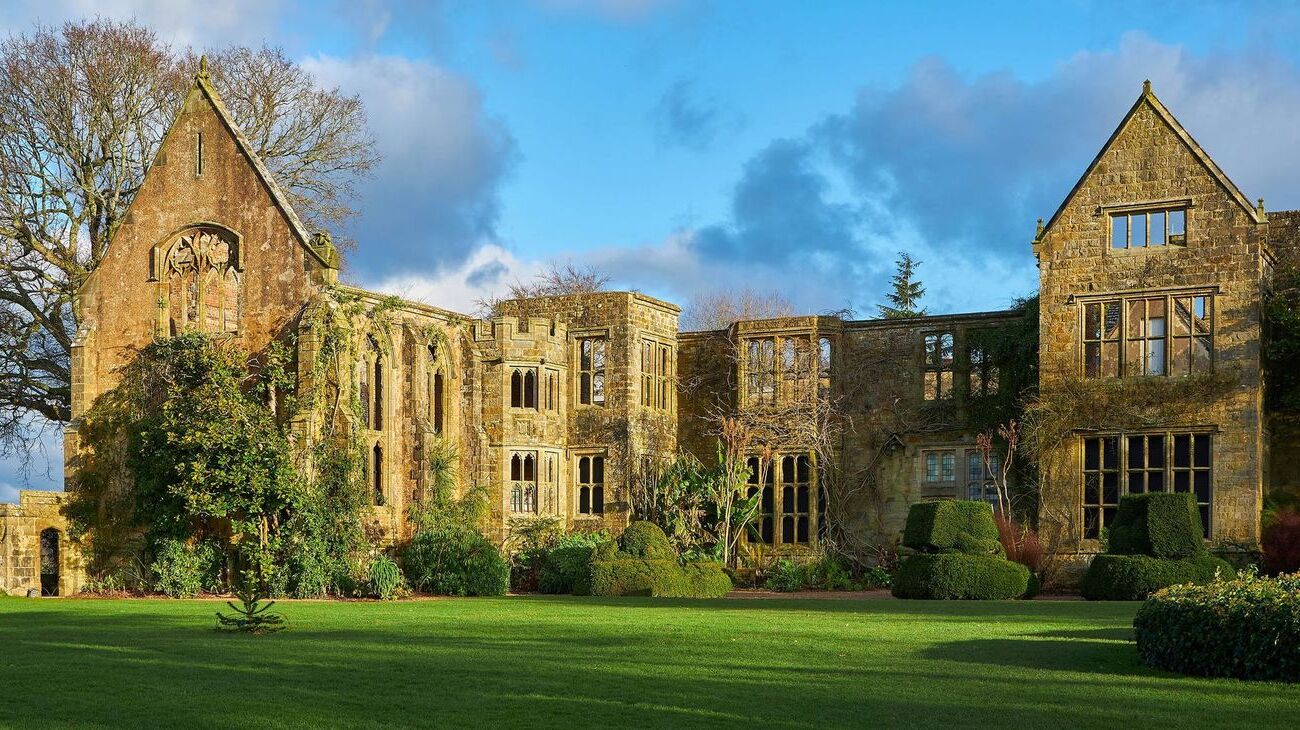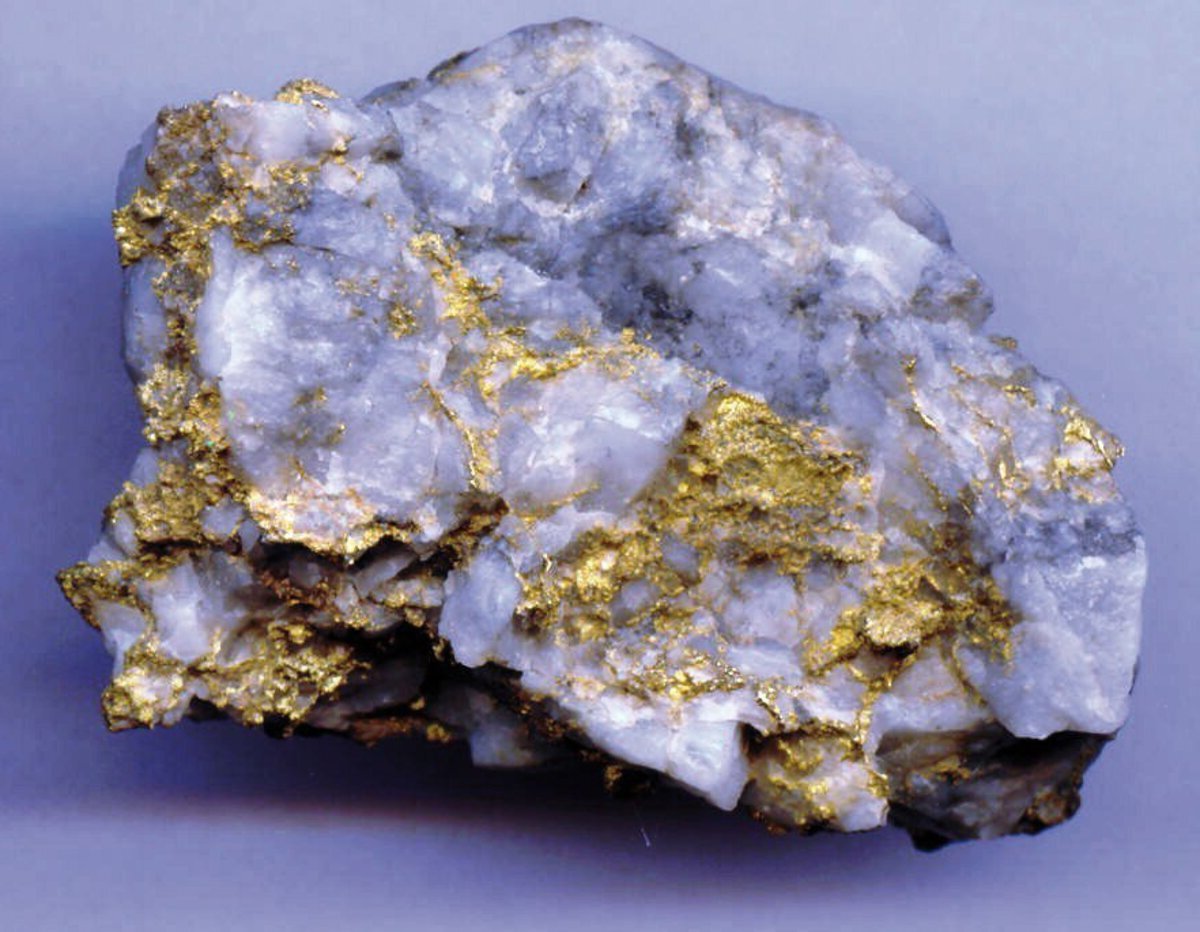
Ever wondered who preserves the stunning landscapes and historic treasures of the UK? Meet the National Trust, a powerhouse in heritage and nature conservation. Founded in 1895 by Octavia Hill, Sir Robert Hunter, and Canon Hardwicke Rawnsley, this charity safeguards nearly 250,000 hectares of land and 780 miles of coastline. With over 500 historic houses, gardens, and nature reserves, the Trust ensures these gems are accessible to everyone. Boasting over 6 million members and backed by 62,000 volunteers, the National Trust is a testament to collective effort. Dive into these 40 facts to uncover the rich history and impact of this remarkable organization.
Key Takeaways:
- The National Trust, founded in 1895, aims to preserve Britain's natural beauty and historic places. It owns over 500 properties and relies on 6 million members for support, playing a vital role in British society.
- With a vast membership base and diverse income streams, the National Trust is the largest private landowner in the UK. It manages historic houses, conservation efforts, and promotes social inclusion and organic farming.
The Origins and Mission of the National Trust
The National Trust has a storied history and a clear mission. Let's dive into its beginnings and what it aims to achieve.
-
Founding: Established in 1895 by Octavia Hill, Sir Robert Hunter, and Canon Hardwicke Rawnsley, the National Trust was created to preserve Britain's natural beauty and historic places.
-
Mission: The Trust's mission is to "promote the permanent preservation for the benefit of the nation of lands and tenements (including buildings) of beauty or historic interest".
-
Statutory Powers: Since the National Trust Act 1907, the Trust has had unique statutory powers to declare land inalienable, meaning it cannot be sold or mortgaged against the Trust's wishes without special parliamentary procedure.
Land and Property Holdings
The National Trust is a significant landowner and caretaker of numerous properties across the UK. Here’s a look at its extensive holdings.
-
Land Ownership: The Trust is the largest private landowner in the UK, owning almost 250,000 hectares (620,000 acres; 2,500 km²; 970 sq mi) of land and 780 miles (1,260 km) of coastline.
-
Properties: It owns more than 500 historic houses, castles, archaeological and industrial monuments, gardens, parks, and nature reserves.
-
Public Access: Most properties are open to the public for a charge, while open spaces are free to all. Members have free entry to these properties.
Membership and Financials
The Trust's operations are supported by a vast membership base and diverse income streams.
-
Membership: Over 6 million people are National Trust members, making it one of the largest membership organizations in the UK.
-
Income: The Trust has an annual income of over £680 million, largely from membership subscriptions, donations, legacies, direct property income, profits from its shops and restaurants, and investments.
-
Grants: It also receives grants from various organizations including other charities, government departments, local authorities, and the National Lottery Heritage Fund.
Historic Houses and Special Projects
The Trust is dedicated to preserving historic houses and undertaking special projects to protect the environment.
-
Historic Houses: The Trust owns over 200 historic houses open to the public from various ages in British history. Often, landowners leave their houses to the Trust in lieu of death taxes.
-
Country Houses Scheme: This scheme allows the Trust to acquire country houses and lets owners live in them for a small rent, preserving the aristocratic way of life during financial difficulties.
-
Project Neptune: A long-term campaign to acquire more coastline for preservation and public access.
Conservation Efforts
The Trust is deeply involved in conservation efforts, from wildlife to historic sites.
-
Butterfly Conservation: Played a crucial role in reintroducing the Large Blue butterfly, declared extinct in 1979. Today, 96% of resident butterfly species in the UK find a home on Trust land.
-
Gravity Discovery: The famous apple that fell from a tree at Woolsthorpe Manor in Lincolnshire, observed by Sir Isaac Newton, still sits on National Trust land. This event led to Newton's discovery of gravity.
-
Radio History: The world's first transatlantic radio transmission was received by the Marconi Centre in Porthcurno, Cornwall, in 1901. This historic event was facilitated by the Trust's property.
Gardens, Parks, and World Heritage Sites
The Trust manages an impressive array of gardens, parks, and World Heritage Sites.
-
Gardens and Parks: Looks after over 250 gardens and parks scattered across the UK, making it the largest collection of its kind.
-
World Heritage Sites: Manages places in eight of the UK's World Heritage Sites, including Hadrian's Wall, Stonehenge, the Giant's Causeway, the Lake District, and the Cornwall and West Devon Mining Landscapes.
-
Public Spaces: Owns or protects roughly one-fifth of the coastline in England, Wales, and Northern Ireland, including beaches, cliffs, and other coastal areas.
Farming and Forests
The Trust's land includes farms and forests, contributing to its conservation goals.
-
Tenant Farms: Most Trust land consists of tenant or in-hand farms, where public access is restricted to rights of way and sometimes additional routes. Some farms like Wimpole Estate in Cambridgeshire are open to the public.
-
Forests and Woods: Owns forests, woods, downs, and moorland. These areas are generally open to the public free of charge, as are some of the parks attached to country houses.
Pubs, Volunteers, and Governance
The Trust also operates pubs, relies on volunteers, and has a structured governance system.
-
Pubs and Inns: Owns and operates 39 pubs and inns, providing a place for visitors to relax and enjoy a drink while exploring the countryside.
-
Volunteers: Backed by 62,000 volunteers who help in the management and preservation of its properties.
-
Governance: Governed by a twelve-strong board of trustees, appointed and overseen by a council of twenty-six people elected by the members of the Trust, and twenty-six appointed by other organizations related to the Trust's work.
Headquarters and Reports
The Trust's operations are centralized and transparent.
-
Headquarters: Located in Swindon, serving as the central hub for its operations across the UK.
-
Annual Reports: Publishes an annual report detailing all properties open to the public with more than 50,000 visitors. The top ten most visited properties include Attingham Park, Stourhead House and Gardens, and Cliveden.
Campaigning and Criticism
The Trust has a history of campaigning and has faced various criticisms over the years.
-
Campaigning Spirit: Known for its strong campaigning spirit, particularly regarding public access and road issues. However, there have been criticisms about the decline of this spirit over the years.
-
Criticism and Controversy: Faced various criticisms, including questions about what it preserves, how open it is, and the cost of maintaining its properties. There have also been debates about deer hunting on its properties and the acquisition of land for development projects.
Social Inclusion and Organic Farming
The Trust is committed to social inclusion and promoting organic farming.
-
Social Inclusion: Pursues a policy of social inclusion, aiming to make its properties more accessible to all members of society. This includes initiatives to encourage organic farming practices on its estates.
-
Organic Farming: Plans to encourage its farms to go organic where appropriate. Currently, about 2-5% of NT farms are organic, similar to the overall percentage in the UK.
Controversial Decisions and Acquisitions
The Trust has made some controversial decisions and notable acquisitions.
-
Deer Hunting Ban: In 1997, banned deer hunting on its properties due to reports of animal suffering. This decision remains a topic of debate at the Trust's annual general meetings (AGMs).
-
Prior Park Garden: In 1996, attempted to keep cars out of Prior Park Garden near Bath, encouraging visitors to come by bus or on foot. This move was not well-received by the local county council.
-
Orford Ness Acquisition: In 1995, acquired Orford Ness, an old atomic bomb trigger site and bird sanctuary in East Anglia.
Special Acts and Early Efforts
The Trust's operations have been facilitated by special acts of Parliament and early efforts by its founders.
-
Special Acts of Parliament: Granted special acts of Parliament to facilitate its operations. For example, the National Trust Act 1935 allowed the Trust to acquire country houses and their contents, enabling the preservation of these historic properties.
-
Paradise Place: Octavia Hill's early work included buying up natural land in London for the urban poor. She established "Paradise Place" in Marylebone, where she managed properties to provide affordable housing and promote environmental awareness.
Contributions of the Founders
The founders of the National Trust played crucial roles in its success.
-
Robert Hunter's Contribution: Robert Hunter, a lawyer, provided the legal expertise necessary for the Trust's success. He developed the mechanisms for the Trust to acquire and manage its properties effectively.
-
Canon Hardwicke Rawnsley’s Role: Canon Hardwicke Rawnsley, a poet and priest, brought a spiritual perspective to the Trust's mission. He was deeply committed to preserving natural beauty and promoting social justice.
-
Octavia Hill’s Background: Octavia Hill was born in 1838 to a reforming father, James Hill, who ran a thriving corn business and agricultural estates. Her upbringing in the Christian Socialist tradition influenced her social reform work.
Early Challenges and Legacy
The Trust faced early challenges but has left a lasting legacy.
-
Early Challenges: Despite her efforts, Octavia Hill faced early challenges in purchasing land for the urban poor. For example, she failed to purchase the Swiss Cottage Fields in 1875 due to insufficient funds.
-
Legacy and Impact: The National Trust's legacy extends beyond its physical properties. It has played a significant role in preserving Britain's cultural heritage, promoting environmental awareness, and fostering social inclusion.
-
Future Role: The Trust continues to be a vital part of British society, ensuring that future generations can enjoy and appreciate the nation's rich history and natural beauty.
The National Trust's Lasting Impact
The National Trust has done wonders for preserving Britain's natural beauty and historic places. Founded in 1895 by Octavia Hill, Sir Robert Hunter, and Canon Hardwicke Rawnsley, it now stands as the largest private landowner in the UK. With over 6 million members and 62,000 volunteers, the Trust manages nearly 250,000 hectares of land and 780 miles of coastline. From historic houses to nature reserves, the Trust ensures public access to many of these treasures. Its efforts in butterfly conservation, organic farming, and social inclusion highlight its commitment to both the environment and society. Criticisms aside, the Trust's legacy is undeniable. It continues to play a vital role in preserving Britain's heritage, making sure future generations can enjoy the nation's rich history and natural beauty.
Frequently Asked Questions
Was this page helpful?
Our commitment to delivering trustworthy and engaging content is at the heart of what we do. Each fact on our site is contributed by real users like you, bringing a wealth of diverse insights and information. To ensure the highest standards of accuracy and reliability, our dedicated editors meticulously review each submission. This process guarantees that the facts we share are not only fascinating but also credible. Trust in our commitment to quality and authenticity as you explore and learn with us.


